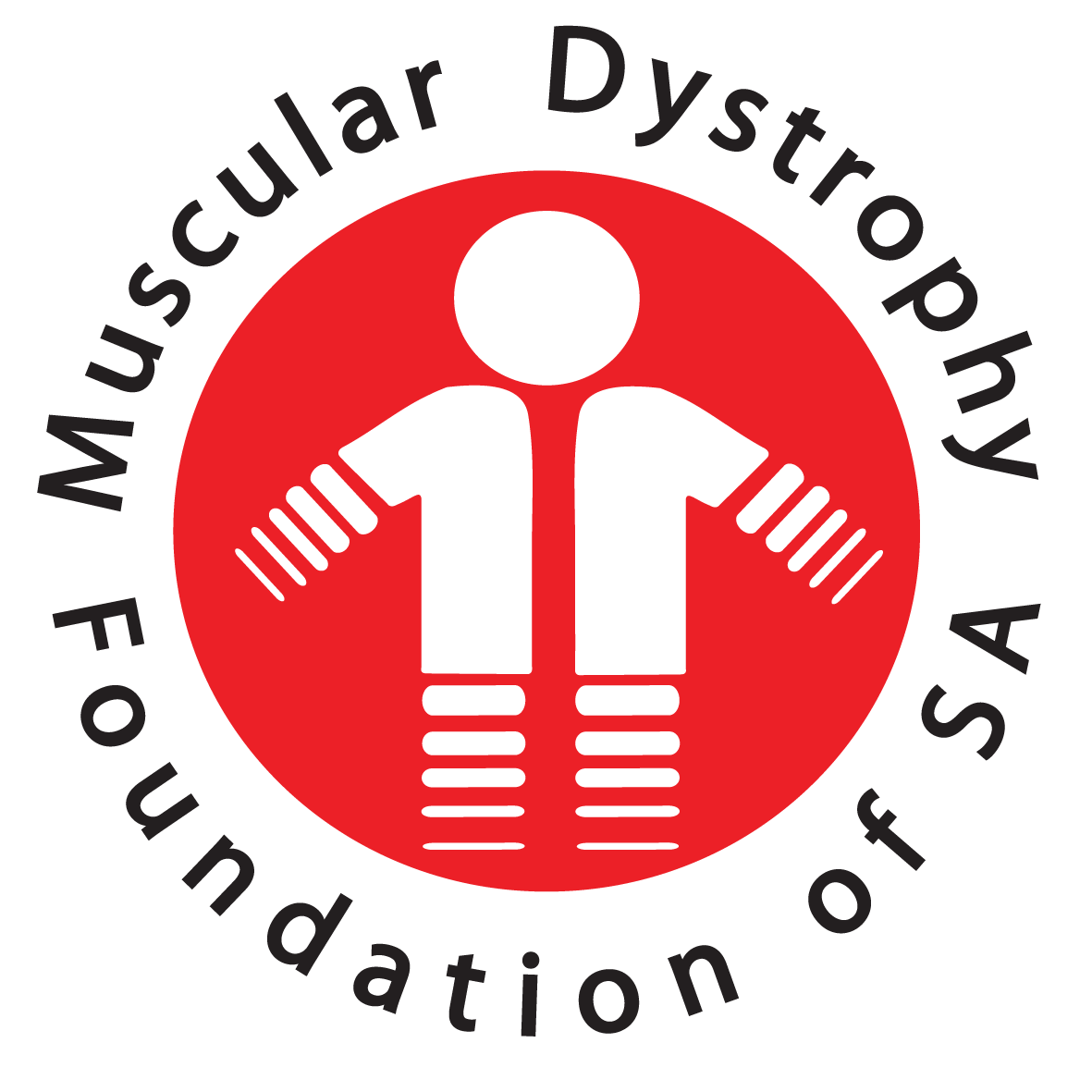Becker Muscular Dystrophy
Cardiac care
- Patients with Becker muscular dystrophy can develop cardiomyopathy. Those with less severe muscle symptoms are at risk of severe heart involvement. All need regular heart checks.
- Early ACE-inhibitor and beta-blocker usage slow the progress of cardiomyopathy.
- Cardiac arrhythmias must be considered for patients with palpitations and/or dizziness / pre-syncope and investigated with ECG, 24-hour tapes or similar.
Respiratory care
- Chronic respiratory failure in Becker muscular dystrophy may present without the usual signs of respiratory distress. Subtle signs include early morning headaches, poor sleep continuity, fatigue, daytime sleepiness, reduced appetite and weight loss. Consider underlying respiratory failure in case of a chest infection.
- If supplemental oxygen is required during a respiratory crisis, this must be carefully controlled. Healthcare professionals must be alert to the possibility of acute respiratory failure with an arterial blood gas assessment of oxygen, carbon dioxide and bicarbonate concentration. Non-invasive ventilation, with oxygen entrained, may be required.
- Assisted coughing with chest physiotherapy and breath-stacking techniques with an AMBU bag help to clear lower airways secretions. This can also be facilitated by a cough assist device. These interventions should be performed only by trained and experienced persons.
Anaesthetic precautions
- Use intravenous general anaesthetics only (avoid suxamethonium).
- Inhaled anaesthetics should not be used.
- Local anaesthetics and nitrous oxide are safe, e.g. for minor dental procedures.
Recommendations and precautions
- Immunisations should be kept up-to-date. Do not use live vaccines if using corticosteroids.
- Wear a medic alert bracelet.
NOTE: Liver enzymes (AST/ALT) will be high on blood tests: this is normal in Becker muscular dystrophy and is attributed to muscle break-down. This should not prompt liver investigations unless otherwise indicated.
Reprinted with permission of Muscular Dystrophy UK. Reviewed by Dr J Wilmshurst, Head of Paediatric Neurology, Red Cross War Memorial Children’s Hospital

